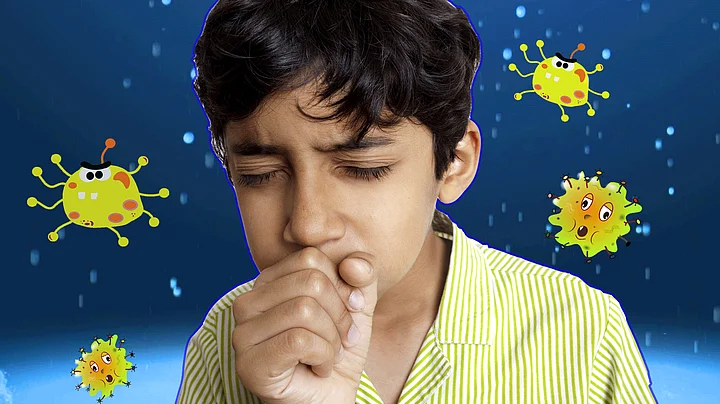Enteroviruses are responsible for over 55 per cent of the viral infections of the central nervous system (CNS) among children, according to a study which could help improve diagnosis of the potentially life-threatening condition.
Although enteroviruses are a group of viruses that cause a number of mild infections, they can cause severe illness if they impact the CNS, said researchers from Mumbai-based iGenetic Diagnostics, which carried out the study.
These viruses are also responsible for diseases like polio, and hand, foot and mouth disease, they said.
CNS is the organ system including the brain and the spinal cord. Its infections are difficult to detect as they can be caused by a variety of pathogens including bacteria, virus, fungi, protozoa and parasites.
"In the human body, the blood-brain barrier usually prevents entry of the pathogens into the nervous system,” said Aparna Kotekar, Director, Molecular Genetics at iGenetic Diagnostics.
"However, once this barrier is breached, a CNS infection can result. CNS infections can happen to anyone, but young children are more at risk," said Kotekar, the corresponding author of the study published in the International Journal of Science and Research (IJSR).
CNS panel tests are available today that can diagnose the pathogens in 24 hours, researchers said.
In the study, cerebrospinal fluid (CSF) samples were obtained from 49 paediatric cases with suspected CNS infections. All samples were collected between January 2017 and June 2017.
Multiplexed PCR assays, in the form of a comprehensive panel, were run for 45 pathogens (microbial, viral, fungal and parasitic) on 49 paediatric CSF samples.
Each sample was screened for a variety of pathogens in a parallel multiplex mode to rapidly identify the cause of infection.
The study found that bacteria and viruses cause around 70 per cent of the paediatric CNS disease. Of the 49 CSF samples analysed, 23 cases were positive.
Viral infections accounted for nearly 39.1 per cent whereas bacterial infections accounted for 30.4 per cent of the cases. About 21.70 per cent of the cases reported positive for fungi Enterovirus was found to be the most common pathogen causing CNS infections in children, accounting for 55.56 per cent of viral CNS infections, the researchers said.
"The clinical manifestation of CNS infections in children can be quite different than that in adults. Symptoms can include irritability, refusal to feed, headache, neck stiffness, back pain, weakness, confusion or even paralysis.
"CNS infections are dangerous and can cause long term brain damage and even death so they need to be diagnosed and treated quickly, Kotekar said.
CNS infections can present as meningitis, encephalitis, myelitis and abscess. Age, immune status, epidemiological trends and systemic infections are some of the factors which affect the kind of pathogens invading the CNS.
The pathogens commonly spread through blood but they can also spread in other ways such as inflammation of the ear (otitis), inflammation of the sinus (sinusitis), or build-up of pus in teeth and gum (dental abscess).
Detecting the CNS infection early is of paramount importance to minimise the impact of the disease and to initiate the right treatment, researchers said.
While pathogen detection by culturing the causative organisms is considered to be the gold standard for infection diagnosis, the process can easily take 72 hours for bacteria and even longer for fungi.
Routine labs cannot culture viruses which are known to be the causative agents in majority of CNS infections. Microbiological methods show false negatives in patients who were previously treated with antimicrobials, researchers said.
"Fortunately, we have PCR-based diagnostic panels to detect CNS infections that can identify pathogens in 24 hours," said Siddhesh Chorghe, Senior Scientific Officer at iGenetic Diagnostics.
"Majority of the infections that came across in our study were viral infections, enteroviruses playing the leading role in more than 50 per cent of infections," said Chorge, one of the researchers.

